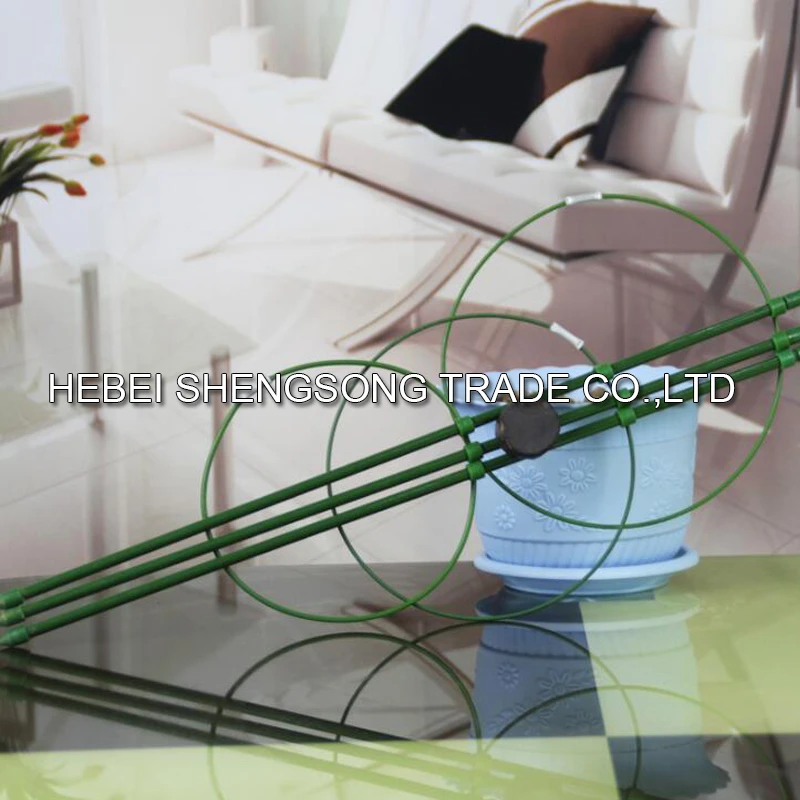Building an Ideal Quail Cage Plans and Considerations
Quails have become increasingly popular among backyard poultry enthusiasts due to their small size, fast growth rates, and delightful eggs. As with any farm animal, providing an adequate living environment is crucial for their health and productivity. Creating a quail cage that meets their needs requires careful planning and consideration. Below, we outline key aspects to consider when designing a quail cage, including materials, dimensions, and essential features.
Choosing the Right Materials
When constructing a quail cage, selecting appropriate materials is fundamental. The frame can be made from wood or metal, both of which provide durability and stability. However, wood requires protective treatment to resist moisture and decay, while metal cages should be coated to prevent rust. For the walls, wire mesh is essential. A 1/2-inch wire mesh is ideal to keep quails secure from predators while providing adequate ventilation.
In addition to the frame and mesh, choose non-toxic materials for inner surfaces, as quails can sometimes peck at their surroundings. Ensure that no sharp edges are present that could injure the birds. A good practice is to smooth out corners and edges, making the environment safe for your feathery friends.
Dimensions and Space Requirements
The size of the quail cage should be based on the number of birds you plan to keep. Generally, a space of at least 1 square foot per adult quail is recommended. This means, for example, that if you have ten adult quails, the cage should be a minimum of 10 square feet. However, providing more space allows for better air circulation and less stress among the birds, leading to healthier and more productive quails.
A practical design for the cage would be a horizontal layout, which provides more space for quails to move around. Additionally, consider building multiple tiers, especially if you have limited space. Make sure each tier has an appropriate height for the quails to stand comfortably without injury.
Essential Features
quail cage plans

Food and water access are critical elements in your quail cage design. Use sturdy feeders that prevent spillage and are easy to clean. Similarly, waterers should provide sufficient water without causing messiness. For best results, automatic waterers can save time and effort in maintaining hydration for your quails.
Incorporating nesting boxes is important for breeding quails. Each box should be about 12 inches wide, 12 inches deep, and 8 inches high, allowing enough space for the birds to feel secure while laying eggs. Ensure these boxes are placed in a quiet area of the cage to minimize stress.
Ventilation and Climate Control
Adequate ventilation is crucial to prevent the accumulation of moisture and harmful gases from droppings. Consider designing your quail cage with openings or small windows that can be covered with wire mesh. In hotter climates, shading options such as shade cloths can help keep the interior cool. During colder months, ensure that you have good insulation to maintain warmth without drafts.
Cleaning and Maintenance
Designing your quail cage for easy cleaning can make a significant difference in your maintenance routine. Use removable trays under the cages to collect droppings, making it easier to keep the habitat clean. Regularly check for any damage or wear to the cage materials and replace them as necessary to maintain a healthy environment.
Conclusion
Building a quail cage is an exciting project that can enhance your backyard farming experience. By carefully considering materials, dimensions, essential features, and maintenance, you can create a safe and comfortable habitat for your quails. With the right environment, your quails will thrive, providing you with delicious eggs and delightful company. Whether you are a novice or an experienced poultry keeper, a well-planned quail cage is the foundation for a successful quail-raising adventure.

















